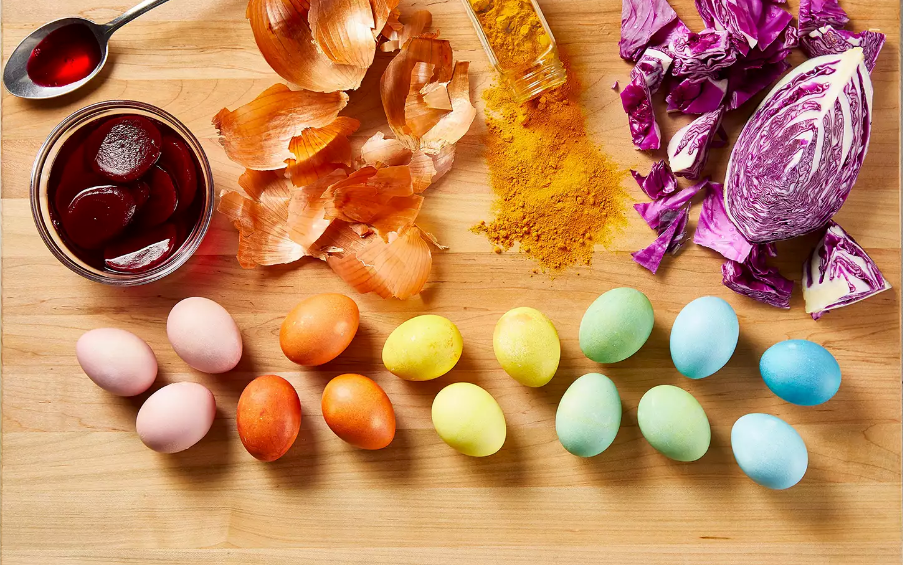The secret to growing great garden tomatoes
Published 5:16 pm Friday, April 7, 2017
By Ty Torrance
I think everyone has their own secret method of growing the best tomato in town, but if you are looking for a good base program I have some information to share with you. Hopefully, if you are starting from seed you already planted them in a sunny indoor location. You will need anywhere from 4-6 weeks to have transplants that can be moved outside to the garden. Be sure to harden off indoor grown transplants by gradually introducing them to more and more sunlight each day. Tomatoes can be set out from mid March up to May, and if you want fall tomatoes you will need to set transplants in July.
Soil sampling prior to planting is the best way to know exactly what you will need for your tomatoes and other garden crops. Tomatoes do best in soil that is well drained and has good organic matter. The pH of your garden site should be between 6.0-6.8. Liming to increase pH will also add calcium and magnesium to the soil. If your pH is good but you need more calcium you can apply gypsum (landplaster) at the rate of 1lb per 100 square feet.
Tomatoes require moderate fertility to maximize yields. Start with a complete fertilizer incorporated into the beds. 10-10-10 will work fine. You might want to also add a starter solution once the transplants are in the ground. This would be something like 5-10-5. These starter solutions help promote root growth without causing excessive vegetative growth above ground. Once you have fruit that are about the size of a quarter you should make another fertilizer application. All that you need at this time is about 0.1 lb of nitrogen per 100 square feet. That would be 1 pound of 10-10-10 or less than ½ lb. of 34-0-0.
Tomatoes need 1-2 inches of water per week and this is where we can have the most impact on yield. I know that everyone has had tomatoes that turn black on the blossom end and eventually completely rot. This is called blossom end rot (BER) and it is due to a calcium deficiency. However, it can occur in soils with plenty of calcium. The main problem is water. This physiological disorder is associated with a low concentration of calcium in the fruit. Blossom-end rot is also induced more often when there is drought stress followed by excessive soil moisture; these fluctuations reduce uptake and movement of available calcium. To avoid this problem, maintain good soil moisture and remember that a plant that is full of tomatoes will require more water than a plant without any fruit.
There are many problems that can occur in tomato production, if you encounter any problems and have questions please give us a call at (229-248-3033).




